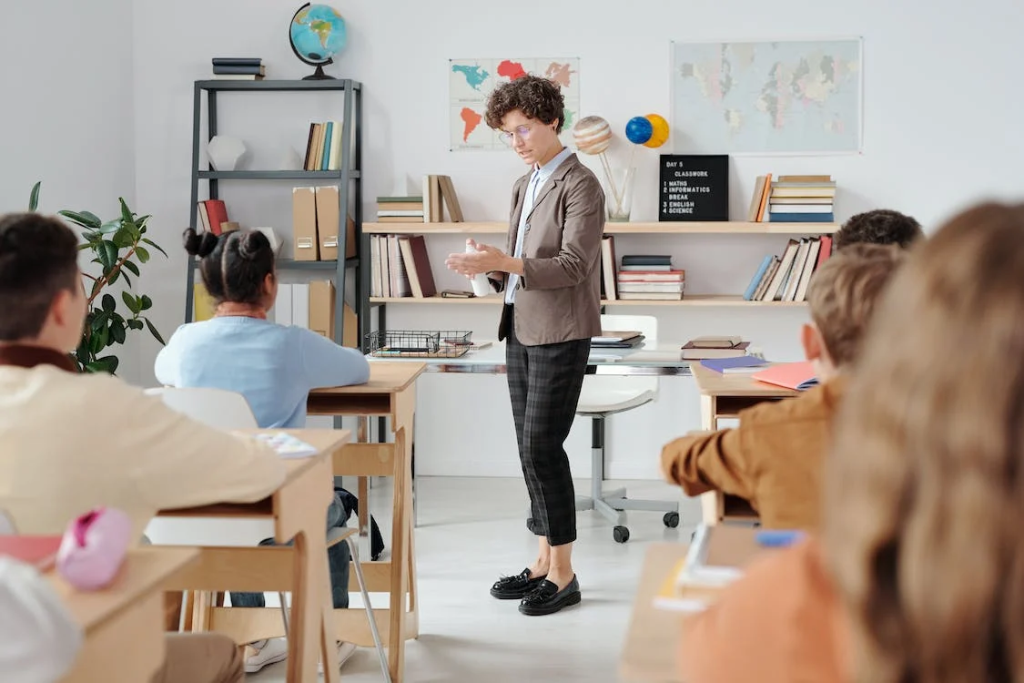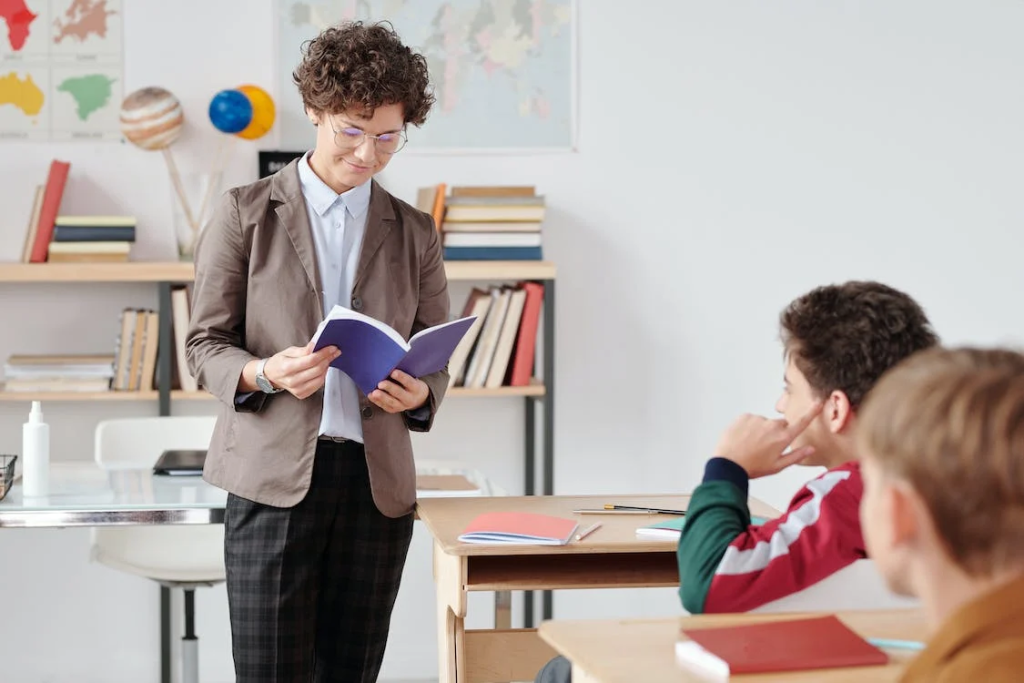In the ever-evolving landscape of education, teachers are constantly seeking new and innovative ways to engage their students and enhance their learning experience. One such tool that has proven to be highly effective in achieving this is the use of posters in the classroom. With the help of a customizable poster template — StoryboardThat — educators can create visually appealing posters tailored to their specific needs.
This article delves into the purpose of posters in a classroom, how they help students better understand concepts in a visual format, their benefits, examples of subject areas where they can be used, the different types of educational posters available, and tips on how to effectively use them.

The Purpose of Posters in a Classroom
Posters serve multiple purposes in a classroom setting. They act as visual aids, providing students with an alternative way to grasp complex concepts or ideas. This is especially beneficial for visual learners who may struggle with traditional text-based methods.
Posters also serve as reminders of key information, helping students retain important facts and knowledge. Additionally, they can be used to motivate and inspire students by presenting positive messages and encouraging a growth mindset.
Benefits of Using Posters in Teaching and Motivating Students
When it comes to teaching and motivating students, posters offer several valuable benefits that can enhance the learning experience and contribute to a more engaging and inclusive classroom environment.
One of the primary benefits of using posters is their ability to enhance learning by presenting information in a visually engaging format. By breaking down complex ideas into simpler, more digestible chunks, posters allow students to easily grasp and retain the information being presented, ultimately leading to better understanding and improved academic performance.
Another advantage of using posters is their ability to cater to different learning styles, ensuring that all students have an opportunity to learn and succeed. By incorporating various types of posters, teachers can create a more inclusive learning environment that addresses the diverse needs of their students.
Furthermore, posters offer variety and versatility, making them suitable for use across various subjects. From science and mathematics to history and language arts, posters can be employed as teaching aids in numerous subject areas.
Ease of use is another notable benefit of posters. They are simple to create, display, and integrate into lesson plans, making them a convenient and accessible tool for educators. With the availability of customizable templates, teachers can design visually appealing and informative posters tailored to their specific needs with minimal effort.
Subject Areas Where Posters Can Be Used as Teaching Aids
Educators can use posters across a wide range of subjects as teaching aids, including:
- Science: Illustrate scientific concepts, processes, and phenomena, such as the water cycle, plant cells, or the solar system.
- Mathematics: Help students visualize mathematical concepts and problem-solving strategies, such as multiplication tables, geometric shapes, or algebraic formulas.
- History: Provide a visual timeline of historical events, helping students better understand the chronology and significance of key occurrences.
- Language Arts: Teach grammar rules, literary devices, and writing techniques, making it easier for students to grasp and apply these concepts.
- Social Studies: Present geographical, cultural, and political information, helping students develop a deeper understanding of the world around them.
Different Types of Educational Posters
There are a wide variety of educational posters available to suit the needs of any classroom, including:
- Informational: These posters provide factual information on a specific topic, such as a scientific concept, historical event, or mathematical formula.
- Diagrammatic: These posters use diagrams and illustrations to represent complex ideas or processes visually, making them easier for students to understand.
- Inspirational: These posters feature motivational quotes or images, designed to encourage a positive mindset and foster a love for learning.
- Interactive: These posters are designed to be used in conjunction with hands-on activities, such as matching games or puzzles, to reinforce learning and encourage active participation.
Tips on Using Posters in the Classroom
When it comes to effectively using posters in the classroom, there are several key factors to consider. These tips will help ensure that your posters serve as valuable teaching aids and contribute to a more engaging learning environment.
First, think about the placement of your posters in the classroom. It’s essential to hang them at eye level and in locations where they can be easily seen by all students. This ensures that everyone has equal access to the information presented and can benefit from the visual aid
Size is another important aspect to consider. Choose posters that are large enough to be visible from a distance but not so large that they dominate the classroom space. Striking the right balance between visibility and proportion will help maintain a comfortable learning environment.
Integrating posters into your lesson plans is crucial for maximizing their effectiveness. Use them to introduce new concepts, reinforce learning, or spark discussions among students. By actively incorporating posters into your teaching, you can create a more dynamic and interactive classroom experience.
Keeping your posters fresh and up-to-date is also essential. Regularly update and rotate posters to maintain student interest and ensure that the information remains relevant. This can help prevent students from becoming disengaged or tuning out repetitive content.
Involving students in the poster creation process can foster a sense of ownership and pride in their learning environment. Invite students to create their own posters or contribute to the selection process. This not only encourages active participation but also allows students to express their creativity and showcase their understanding of various subjects.
Lastly, don’t forget to explore the use of digital posters and interactive displays. Technology is an integral part of modern education, and incorporating digital posters can provide students with a more immersive and engaging learning experience. Interactive displays can also encourage collaboration and promote critical thinking skills.
Conclusion
Posters are an invaluable tool in modern education, providing a visually engaging and effective way to teach, motivate, and inspire students. By incorporating posters into the classroom and using them strategically, educators can enhance learning outcomes and create a more inclusive and stimulating educational experience for all students.
filip@student-tutor.com
Latest posts by filip@student-tutor.com (see all)
- Financial Tips for Cash-Strapped Students - July 26, 2023
- The Advantages of Earning a Nursing Degree - July 13, 2023
- Why Online Education Offers a Wide Range of Learning Opportunities - July 13, 2023
- The Role of Posters in Modern Education: Enhancing Learning Through Visual Aids - June 28, 2023

